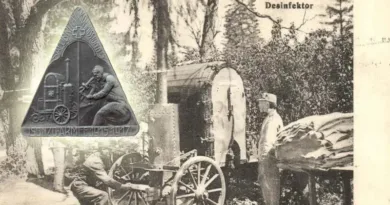15 cm howitzer shell
We have already talked about the earlier and the later, more modern versions of the 15 cm howitzers. In this post, I am writing about one of the ammunition types they use, the ekrasite grenade, which is shown being loaded in the attached picture. The projectile consisted of two parts: the exploding grenade itself and the gunpowder charge needed to deliver it to the target. As you can see in the picture, one operator holds the bullet and the other the charge. In a nutshell, about the grenade, in the first half of the war, ekrasite explosives were placed in the body made of chrome steel. The grenade was equipped with a delayed breech igniter to achieve a greater destructive effect. Behind it was a charge containing 5-7 gunpowder bags regulated according to the firing distance.
In addition to grenades, the heavy artillery also had shrapnel shells. These exploded in the air and scattered shrapnel balls inside the projectile over the target area. But shrapnel was more likely to be fired by field guns of smaller caliber against manpower attacking in open terrain. The shrapnel had a timed igniter located at the top of the projectile.

The post contains the insignia of the 70th Honvéd Heavy Artillery Regiment depicting a grenade. The honvéd heavy artillery was organized during the war. At first it was equipped with the older M 99 howitzers. Later, after the boom in production, they also received the more modern M 15 guns.




